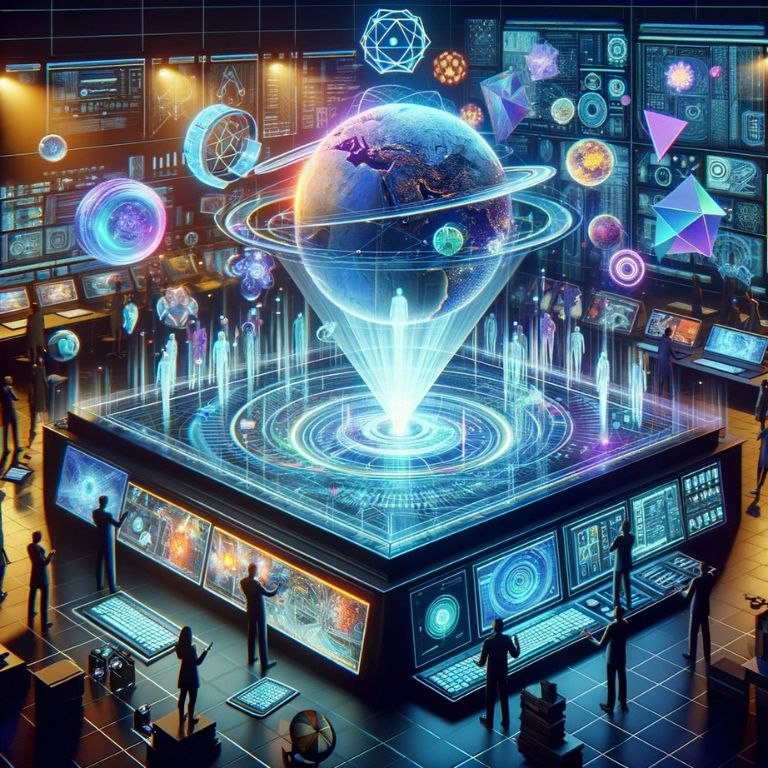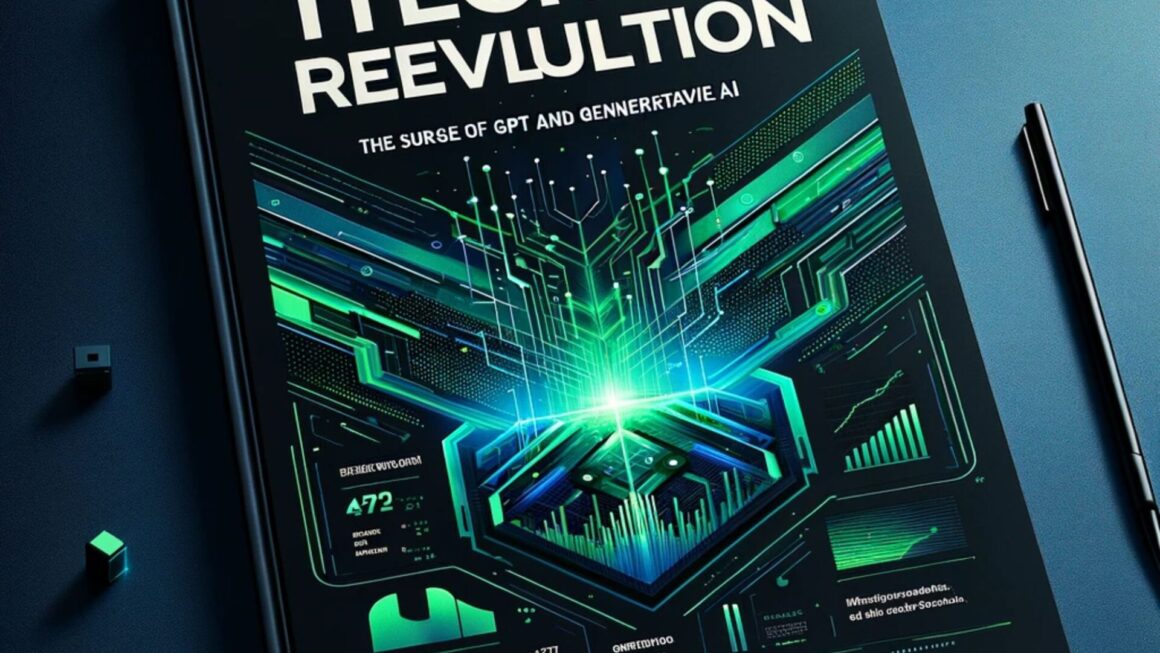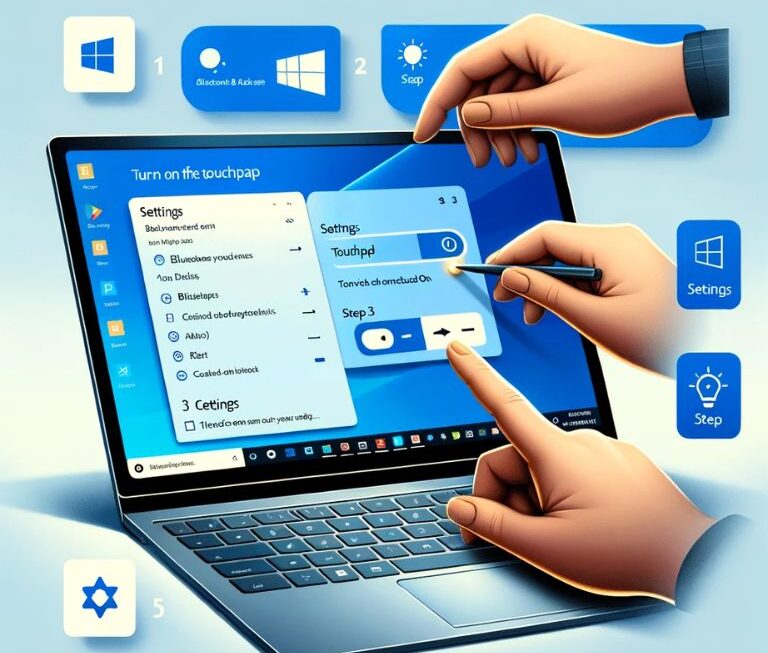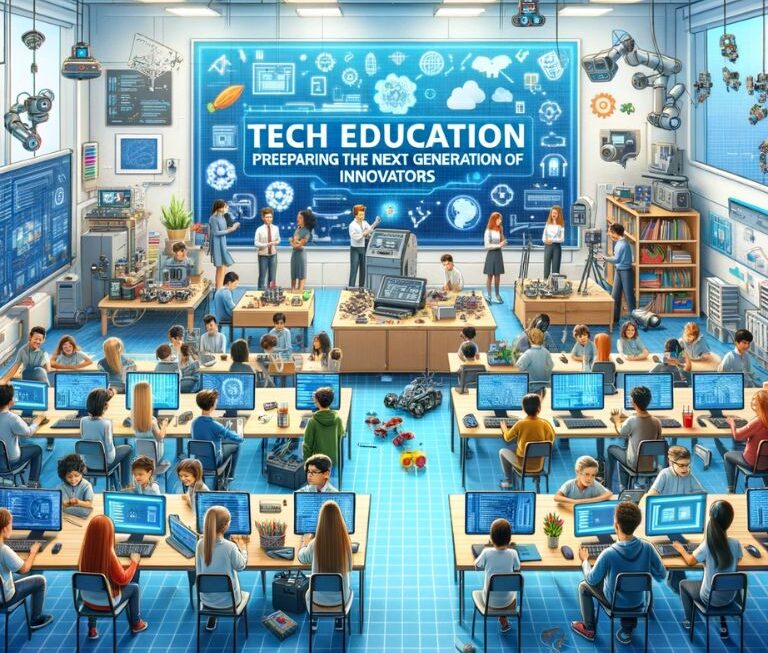Holography, once confined to the realms of science fiction, has become a powerful tool for immersive 3D visuals. This article explores the evolution of holography and how computers are driving its remarkable advancements.
Holography traces its roots back to Hungarian physicist Dennis Gabor in 1947, with significant developments following the invention of lasers in the 1960s. Over the years, holography evolved, embracing digital technology and becoming an art medium and a tool for security features in currency.
Today, computer-generated holography is at the forefront, thanks to leaps in computational power. It enables real-time holographic image generation and manipulation. This shift has broadened holography’s applications, from entertainment to medical imaging, shaping a visually immersive future.
The Evolution of Holography
Holography has come a long way from its inception in 1947 by physicist Dennis Gabor. The pivotal moment arrived in the 1960s with the invention of lasers, which enabled the development of the first working laser holography system in 1962. Subsequent decades saw the introduction of rainbow holograms, high-speed imaging through pulsed laser holography, and its foray into the art world during the 1980s. The 1990s witnessed the integration of holographic security features into currency, and the 2000s brought about significant advancements in digital holography.
In recent times, the focus has shifted towards computer-generated holography, thanks to the exponential growth in computational power. This shift has transformed holography from static images on holographic paper into a dynamic, versatile technology with broad applications. In the following sections, we’ll delve into these advancements and how they are shaping a future filled with captivating and immersive 3D visual experiences.
Cutting-Edge Innovations in Computer-Generated Holography
Recent advancements in computer-generated holography (CGH) have revolutionized holographic technology, ushering in a new era of immersive 3D visual experiences.
Computational Power Transformed
The key driver of CGH’s evolution is the remarkable growth in computational power. This enables real-time generation and manipulation of holographic images with unparalleled precision, opening doors to diverse applications.
Applications Across Industries
- Entertainment: CGH has redefined entertainment, enhancing gaming, movies, and live performances with immersive 3D displays and interactive interfaces.
- Medical Imaging: In medicine, CGH creates detailed 3D holographic models for surgical planning, medical training, and patient education.
- Design and Prototyping: Architects and designers benefit from CGH to visualize complex 3D models and prototypes.
- Education: CGH offers students interactive learning experiences through 3D visualizations.
- Telecommunications: Telecommunication companies explore CGH for holographic teleconferencing, potentially transforming communication.
The Future Beckons

The future holds even more promise as CGH integrates with augmented reality (AR) and virtual reality (VR) for immersive simulations. CGH’s incorporation into daily life, from retail displays to navigation systems, ensures its role in our routines.
In this marriage of computational power and holography, a future filled with astonishing 3D visual experiences is taking shape, enhancing how we perceive and interact with the world. The journey of CGH continues to redefine our reality.
The Future of 3D Visual Experiences
As computer-generated holography (CGH) propels holography into uncharted territories, it’s crucial to explore the potential impact of these innovations on various industries and our daily lives. The ongoing research and projects in this field paint a vivid picture of what the future may hold for 3D visual experiences.
A Glimpse into Tomorrow
One of the most exciting prospects lies in the convergence of CGH with augmented reality (AR) and virtual reality (VR). As these technologies merge, the result is a seamless blend of physical and digital worlds, offering immersive experiences beyond our current imagination.
Imagine medical professionals conducting surgeries with holographic overlays that provide real-time guidance and information. Think about students learning history by virtually stepping into the past or architects designing buildings by manipulating holographic models in the air. These scenarios are no longer confined to science fiction but are becoming tangible realities.
Holography in Everyday Life
Beyond specialized applications, we can anticipate the integration of CGH into everyday life. Retail displays may transition from traditional signage to dynamic, interactive holograms. Navigation systems in cars could project holographic directions directly onto the windshield, enhancing safety and convenience.
Communication is set to undergo a transformation as well. Holographic teleconferencing, which seemed like science fiction just years ago, may become a standard mode of communication, enabling face-to-face interactions across vast distances.
Challenges and Ethical Considerations
While the future of CGH holds immense promise, it also presents challenges. Ensuring privacy and security in a world where holographic technology becomes ubiquitous will be paramount. Additionally, ethical considerations surrounding the use of holography in various applications, such as entertainment and education, will need to be addressed.
Conclusion
In conclusion, the innovations in computer-generated holography are pushing the boundaries of what’s possible in the realm of 3D visual experiences. With the convergence of CGH with AR and VR, we are on the cusp of a revolution that will redefine how we interact with technology, education, healthcare, and more.
As we look forward to a future where holography becomes an integral part of our daily lives, it’s essential to navigate the path ahead thoughtfully, addressing the challenges and ethical concerns while harnessing the full potential of this transformative technology. The holographic future is upon us, and it promises to be nothing short of extraordinary.




